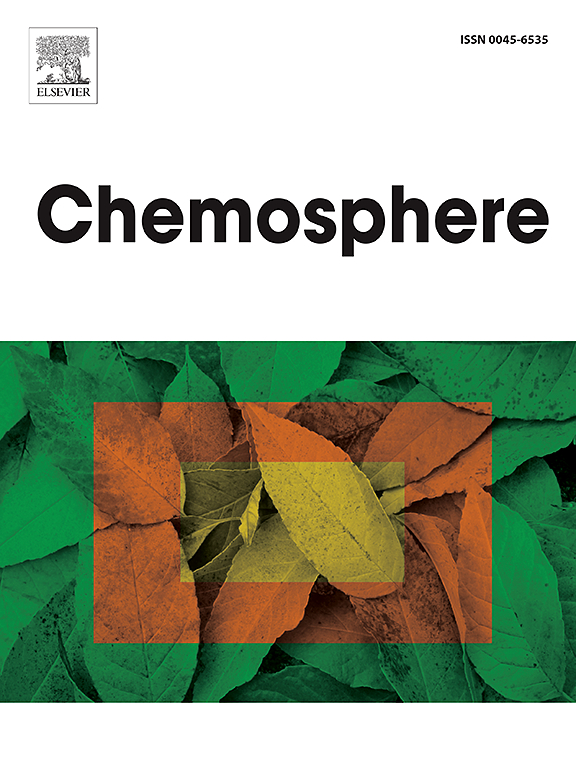Green synthesis of platinum and palladium nanoparticles from spent automotive catalyst leachate using bioreduction
IF 8.1
2区 环境科学与生态学
Q1 ENVIRONMENTAL SCIENCES
引用次数: 0
Abstract
Metal-bearing solid waste is considered a secondary source of precious metals. Spent automotive catalyst (SAC) contains significant quantities of platinum group metals (PGM). The biorecovery of these metals from SAC is gaining widespread attention due to its economic and environmental advantages. However, most of the studies focused on the bioextraction of these metals and ignored their separation and precipitation from leach liquor. The few studies that investigated their separation used model synthetic solutions instead of real waste to recover these metals. This study used the bioreduction pathway to recover Pt and Pd from SAC leach liquor. A Gram-negative, metallophillic, and heavy metal-resistant bacterium Cupriavidus metallidurans is used to biosynthesize Pt and Pd nanoparticles. C. metallidurans undergo bioreduction which is an enzymatically-assisted metal precipitation process to biofabricate the Pt and Pd nanoparticles intracellularly, on the cell surface, and extracellularly. The viable cells of C. metallidurans showed a bioreduction efficiency of 65 % and 52 % of Pt (II) and Pd (II), respectively, from SAC leachate. Overall, this study shows the potential and efficacy of the biorecovery of Pt and Pd and the green synthesis of Pt and Pd nanoparticles from metal-bearing solid waste.

求助全文
约1分钟内获得全文
求助全文
来源期刊

Chemosphere
环境科学-环境科学
CiteScore
15.80
自引率
8.00%
发文量
4975
审稿时长
3.4 months
期刊介绍:
Chemosphere, being an international multidisciplinary journal, is dedicated to publishing original communications and review articles on chemicals in the environment. The scope covers a wide range of topics, including the identification, quantification, behavior, fate, toxicology, treatment, and remediation of chemicals in the bio-, hydro-, litho-, and atmosphere, ensuring the broad dissemination of research in this field.
 求助内容:
求助内容: 应助结果提醒方式:
应助结果提醒方式:


